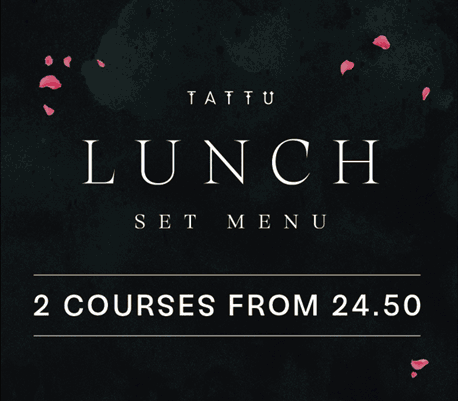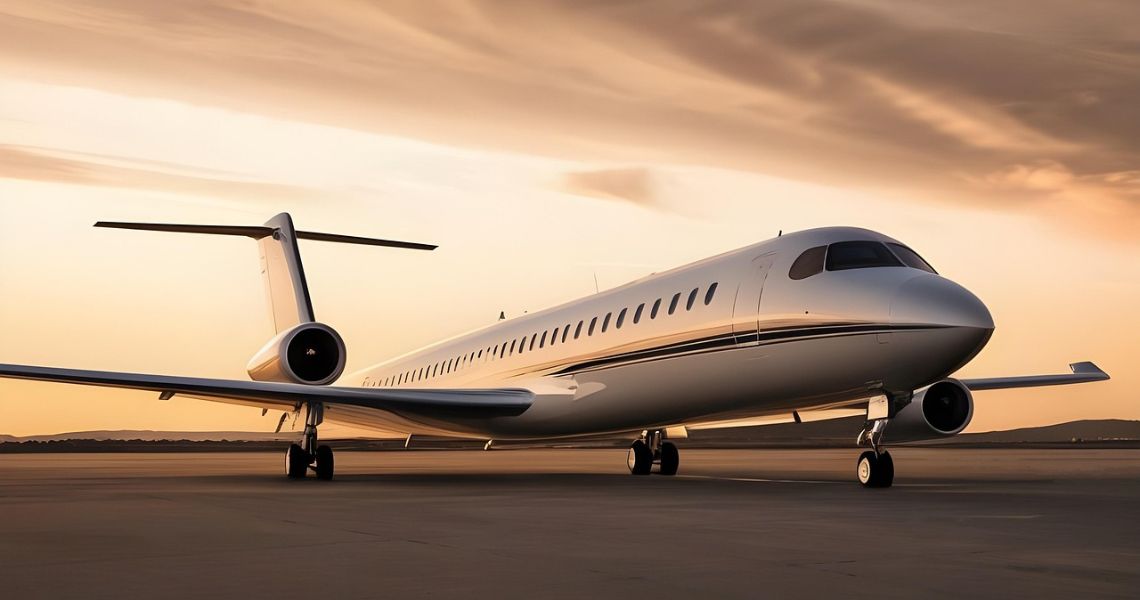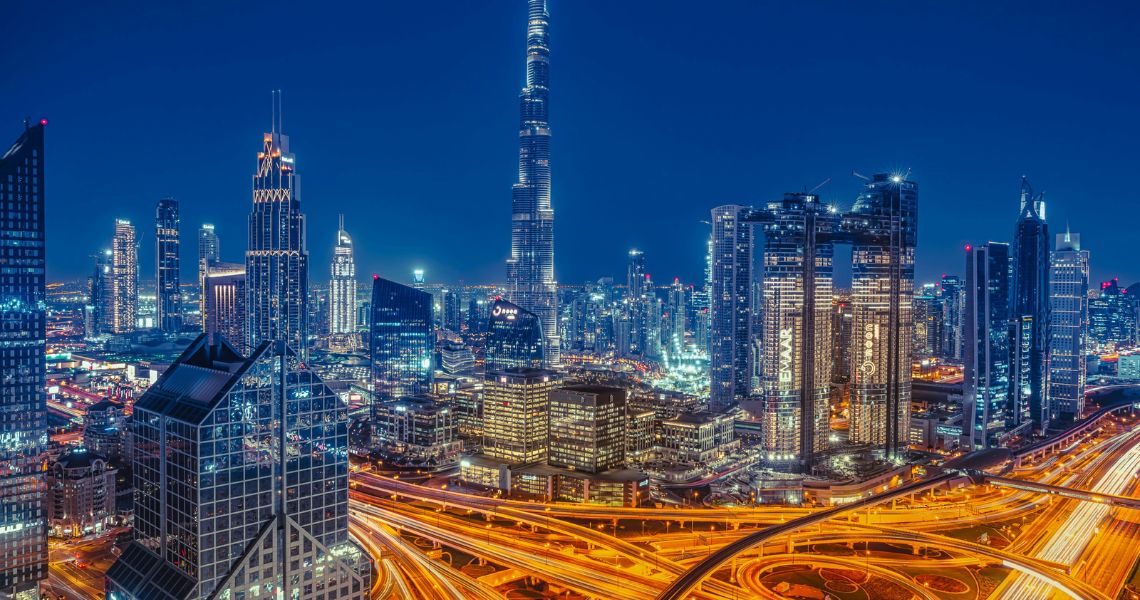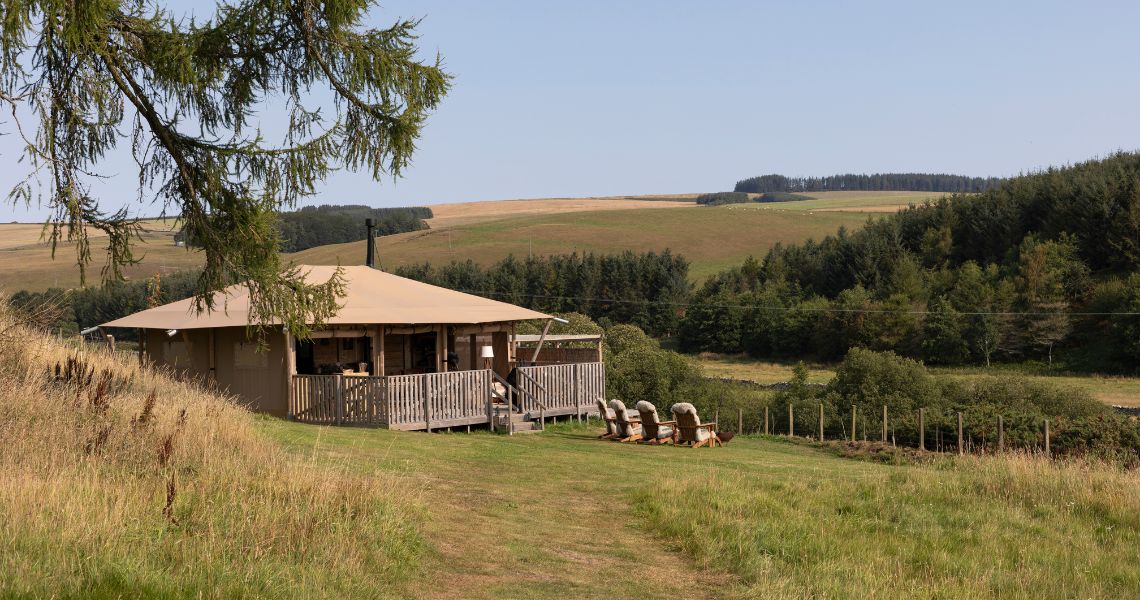It is billed as India’s cleanest city, but Indore might also be the country’s tastiest.
As the commercial capital of Madhya Pradesh, it attracts equal attention as a thriving late-night foodie destination with mouth-watering cuisine sold from numerous street food stands and portable stalls across the city’s streets and bazaars.
Sweet and savoury


As the sun goes down, tantalising aromas drift across Chappan Dukan. Translating as “56 shops”, each offers street food menus that include spicy bites such as khopra patties (of potato, coconut and pomegranate in a sauce of coriander, tamarind and jaggery), potato twisters, golgappas, or the super sweet coils of jalebis, deep-fried on the spot in oil and soaked in a syrup of honey and rosewater.
In between, chai is brewed, glasses of fizzy lime soda are served while passers-by pick up namkeen snacks, or savour soya kebabs roasted over bare flame.

Later in the evening, the focus switches to the Sarafa Bazaar when a second band of food vendors take over the gold and jewellery market to offer similarly tempting dishes.
Delicious, fresh and hot
I start my street food feast in Chappan Dukan at the Vijay Chaat House where third generation owner Jatin Thaker is behind the counter and hands me a khopra patty for 31 rupees (25p).

“We’ve been here since 1969,” he tells me, “ and people keep coming back to us, so they must like our food!”
He also points to significant investment in Chappan Dukan as I follow up with green peas kachori, deep-fried and spicy. But I also sense the success is because the food really is delicious, fresh and hot, great value and there is a loyal clientele.


A few stalls along are namkeen sellers with mild, spicy, and very spicy snacks; other stalls sell soya bean chaat, dahi bada of fried lentil balls in curd, and butte ka kees made from mashed corn fried in ghee.
Eco-ethos
Shyam Sharma, owner of Madhuram Sweets and chairman of the market association, runs a famed shop selling desserts and one often visited by Bollywood actors and local politicians.
Laddoos, spherical sweets in sugary syrups, are served in mud-cast bowls maintaining the plastic-free eco-ethos of the food markets, while gur ki rasmallai (sweet balls soaked in honey and syrup), malpuas with milk cream, ghee and sugar, or rabri which is condensed milk and sugar, are offered and enjoyed.

Jalebi remains popular and the circular sweet appear in different sizes from mini circles to larger multi-ringed spheres of sugar and flour.
Many dishes are vegetarian, though Johnny Hot Dog is one of the few stands selling non-veg with renowned chicken burgers.
Bright lights
Once you’ve enjoyed the mid-evening foodie delights of Chappan Dukan, hop aboard a rickshaw and ride a couple of miles across the city to savour part two of the nighttime street food feast that Indore offers.


On the way to Sarafa Bazaar, you’ll pass brightly-lit stores selling electronics and saris, cosmetics and household wares.


When you step off at the beautifully-illuminated Rajwada Palace dating from 1747, walk down a side street of historic buildings with intricately carved wooden balconies, past a Hindu temple, and cross into the Sarafa Bazaar.
At 9pm on the dot, as some gold traders are still making final sales, the street undergoes a transformation.

A procession of carts, barrows, stands and stalls are wheeled, pedalled and pushed into pre-set spots and the cooking begins.
Foodie heaven
The gold shop shutters have barely slammed shut before pots begin to bubble with oil, hot flames lick across barbecues and the theatrics of the street vendors begin.
Dishes are tossed dramatically into the air to mix ingredients; others chop at fresh coconuts to create refreshing drinks; men serve ice cream and chikoo dripping in gold jewellery; and more shout to passers-by, urging them to sample their food, or try a new dish.


Before long, an irresistible blend of aromas pervade the air; from spicy and hot to sticky and sweet, while burning incense sticks add a perfume to the concoction.
From gold market to foodie heaven, the transition is seamless into a place where night after night Indians bring their taste buds to worship.
Masala chai
Kochari (stuffed samosas) are offered at 20 rupees each, while vats of sweet rasgulla – syrup-filled ball-shaped dumplings – attract passers by who can’t decide between them and coils of the equally sweet jelabi.


Others saunter over to a vendor selling moong ke bhajiye made of lentils, spices and herbs and deep fried, or crispy sabudana khichri, served with lemon and coriander. In another direction, the hungry seek out tasty chaats or Indori Poha, particularly known for its soft texture and unique Jeeravan Masala.
The names are as diverse as the flavours.

On a corner is a famous chaiwallah, brewing tea with a copper kettle over a stove near a vat of boiling milk , adding his own masala recipe and quaintly serving chai in small cups and saucers at 13 rupees.
Elsewhere is orange, lemon or jeera soda next to fresh fruit stalls and mini-pizzas served on mud-brick platters.
City heritage
It is here, in the foodie streets of Indore late into the evening, that the tastes and flavours of Madhya Pradesh come to life.

Many customers are cruising for a cheap snack, a bite at their favourite stall or a chat with the vendors. For others, after a long day at work, it is their evening meal.
However, while dishes for every taste are on offer across Indore’s fabulous late-night street food scene, it is seemingly not all harmony between the food vendors and the jewellers.
The Sunday Times of India’s Indore edition recently reported that the Sarafa jewellers want the food market – which has been a feature of the area for almost a century – moved on the grounds of safety with so many gas cylinders and naked flames.

However, the food vendors’ representatives appear more conciliatory and want to continue to work with the jewellers.
City Mayor Pushyamitra Bhargava tends to agree, saying he considers the food market an integral part of the city’s heritage, meaning that for the foreseeable future, the jewellers and food vendors will remain uneasy bedfellows.
Spicy gravy
My final food choice of the night is Bav Bhaji, costing 80 rupees. It is a double soft bread roll with a spicy gravy made of potatoes, tomatoes and chopped onion. As I eat, the vendor creates an over-sized dosa and hangs from his stall to attract customers.

As the clock ticks towards midnight, the stallholders pack up and leave, get some sleep and prepare for the next night’s street banquet.
Hours later, throughout the new morning, a new legion of entrepreneurs will drift in, raising shutters to return Sarafa bazaar to its daytime role as a gold and jewellery market.
Forgotten city
Indore is a perfect entree into southern Madhya Pradesh.
While less visited than some states, this part of central India has much to offer visitors seeking the road less travelled.


About 70 miles away lie the mysteries of Mandu, a near forgotten city of mosques, mausoleums, palaces, and forts set amid an undulating green landscape.
The Jami Masjid, the silence of Hoshang Shah’s tomb nearby, the Jahaz Mahal (also known as the Ship Palace) and the Hindola Mahal are highlights but take time also to visit Roopmati’s Pavilion, Baz Bahadur’s Palace or the atmospheric aquatic architecture of the Ujala Baoli step well.
Silk saris
A couple of hours further on is the town of Omkareshwar and the location of the Shiva Temple which is one of India’s holiest Hindu sites and Maheshwar, a centre of fabulous hand-made silk saris.

For those wanting to head further, the south of Madhya Pradesh also has the allure of wildlife. The reserves of Bandhavgarh and Pench are famed for their tigers, and indeed the latter was the inspiration for Rudyard Kipling’s The Jungle Book.
From the finest flavours of Indian street food, to marvellous Islamic architecture, or even the chance to see a tiger, cutting a swathe across deepest Madhya Pradesh offers a fascinating fresh perspective of India.
Indore: Indore Airport has regular flights to Mumbai, Delhi, Ahmedabad, Jaipur, and Kolkata, and good rail and road links. Other attractions in the city include the Rajwada Palace, the Lal Bagh Palace, Bada Ganpati temple and lively bazaars.
Accommodation: Mark Nicholls, who stayed at the Radisson Blu (Book Hotels in Indore | Radisson Blu) in Indore and the MPSTDC Malwa Resort (MPSTDC MPT Malwa Resort) in Mandu, was hosted by the Madhya Pradesh Tourism Board (MPSTDC || Welcome To MP).
Article written and photography by Mark Nicholls (Freelance Travel Writer)
www.mnmedia.co.uk X @marknicholls5














